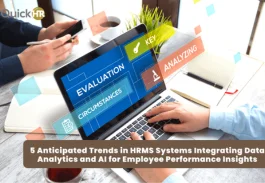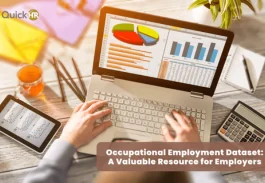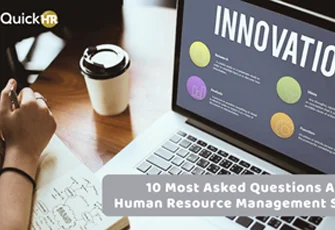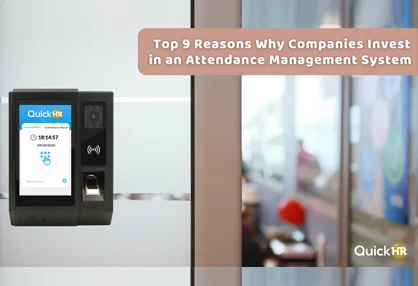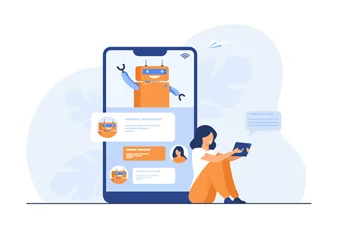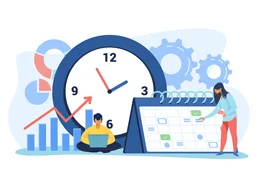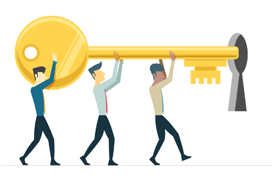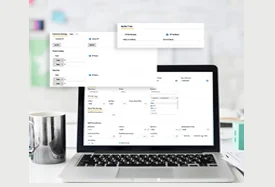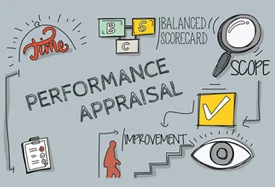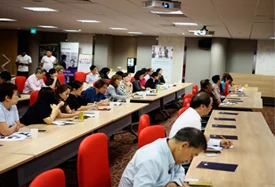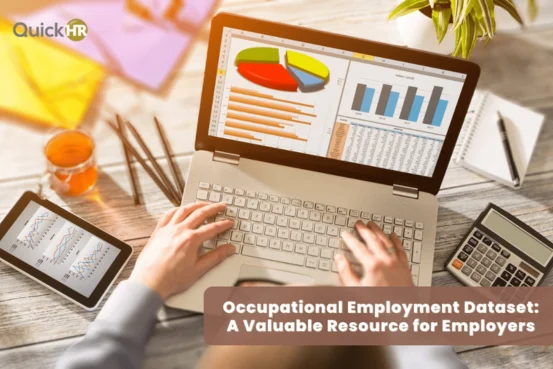
Occupational Employment Dataset in Singapore: A Valuable Resource for Employers
Posted on 15 September 2023 in Business | Suki Bajaj
The workforce is a critical asset for any business, and HR professionals play a vital role in making data-driven decisions for their management. But with so much data available, it can be tough to know where to start. That's where the Occupational Employment Dataset (OED) comes in.
The Occupational Employment Dataset (OED) provides a clear and concise overview of the labour market, making it easy to identify trends and opportunities. But how can you access it and how does it work?
In this guide, we’ll talk about:
What is the Occupational Employment Dataset (OED) in Singapore?
The Occupational Employment Dataset (OED) is a live registry launched by the Ministry of Manpower (MOM) to collect occupational and employment data from all employees in Singapore.
According to MOM, all registered businesses are obligated to provide up-to-date occupational and employment details of their employees. The OED collects information on, including but not limited to :
- Main job title & duties/functions
- Employment Type (full time or part time)
- Hours worked & wages
- Work location & premises details
As the OED gathers and provides data on the wages, employment, and job outlook for various occupations in Singapore, it can be used to help employers effectively manage their hiring process and workforce planning.
Streamline your OED submissions and ensure MOM compliance
with QuickHR!
How is the OED Data Used to Assess Progressive Wage (PW) Mark Eligibility
OED is now also part of the requirements to be certified with the Progressive Wage Mark. The Progressive Wage Mark is an accreditation scheme that recognizes organisations that provide progressive wages to their lower-wage workers.
By obtaining the PW Mark accreditation and being recognised for good policies towards lower-wage workers, companies can build a positive corporate image and gain compliance with government procurement regulations, leading to improved employee morale and stronger business relationships.
Before applying, companies must update their occupational and employment details for all employees through the Occupational Employment Dataset (OED) portal, which is administered by the Ministry of Manpower's Manpower Research and Statistics Department (MOM MRSD).
Your company's OED information will be used to assess your eligibility for the Progressive Wage Mark or Progressive Wage Mark Plus, and to facilitate a smooth renewal process.
Why is the OED Important in Singapore?
MOM's ability to make informed decisions about the labour market depends on its access to accurate and up-to-date data on occupations and employment.
Therefore, MOM needs to collect complete and regularly updated OED information to gain in-depth insights into employee movements, occupational trends, working hours and wages.
MOM must also ensure that companies are paying their employees fairly, in accordance with the Progressive Wage Model (PWM) minimum wage requirements.
Most importantly, employees will receive a better remuneration package, as the PWM is designed to help workers earn higher wages through skills upgrading and productivity improvement.
This will help MOM to effectively implement manpower policies that have significant impact on all businesses and workers in Singapore.
In addition, the location data collected through the OED can be used to improve urban and transportation planning, resulting in increased efficiency and accessibility.
OED data will also be used to assess whether organisations have met the Progressive Wage (PW) and Local Qualifying Salary (LQS) requirements for hiring foreign workers or applying for PW Mark accreditation.
Therefore, it’s also important for organisations to update the OED promptly.
Benefits of Using the Occupational Employment Dataset in Singapore
The Occupational Employment Dataset (OED) is a valuable resource that organisations and employees can use to make data-driven decisions about career planning, workforce planning, and economic development.
- It provides insights into occupational trends. The OED tracks the growth and decline of occupations over time, which can help identify occupations that are in high demand and that have good job growth prospects.
- It helps to assess labour market needs. The OED can be used to identify skills shortages and surpluses, providing aid to assess the skills and qualifications that are needed for a particular occupation, to inform workforce development programs and to attract and retain talent.
- It supports career planning. The OED can be used to research different occupations and to determine those that are a good fit for the employees’ skills and interests, enabling strategic and positive career planning.
- It can be used to benchmark wages. The OED can be used to compare wages for different occupations and industries, allowing organisations to identify and negotiate an appropriate salary range for each occupation and ensure that all employees are being paid fairly.
Moreover, MOM will also use OED data to complete quantitative questions in other manpower surveys, such as the quarterly Labour Market Survey (LMS), which can help to reduce the survey workload for organisations.
Do I Need to Fill Out All the OED Fields? Can I Just Fill Out the Fields That Are Relevant to the LQS/PWM Assessment?
The OED is used to implement and review a variety of manpower policies, as well as for national planning and development. The LQS/PWM is just one of the many policies that the OED supports.
Therefore, all OED fields are significant and should be filled because they cater to various purposes besides LQS/PWM assessment.
How Can I Submit or Update My OED Information in Singapore?
Follow these steps to submit your records via the OED portal:
- Log in to the OED here
- At the login page, under the OED section, select “Log in to OED”, followed by “For Companies”
- Log in with your Singpass
- Click on “Occupational Employment Dataset (OED)” followed by “Proceed”
- Click on “Update OED”
- Select “Download Records” to download an excel file titled “Employee Listing” for updating
- After you are done updating, upload the updated Employee Listing by selecting “Upload Records”
- Please remember to click on “Submit OED” after you have uploaded the Employee Listing
- Alternatively, you may edit the employee records directly on the browser then click “Submit OED”
Moreover, MOM will also use OED data to complete quantitative questions in other manpower surveys, such as the quarterly Labour Market Survey (LMS), which can help to reduce the survey workload for organisations.
How Often Must I Update OED?
In accordance with MOM, it is mandatory to update the Occupational Employment Dataset (OED) whenever there are changes to the occupational and employment details of your employees. These include changes to job titles, job descriptions, employment status, or termination of employment, and more.
If there are no changes in the new month, the system will automatically populate the records with the information you submitted last month. Therefore, no action will be required from you.
There’s no need to update most OED fields such as NRIC, education, and job title, as they are fixed variables that do not change often.
How QuickHR Can Help Update Your Company’s OED
QuickHR is an all-inclusive cloud-based and MOM compliant HRMS software that can help you be a part of the Automated Data Transfer Program and automatically transfer your organisation's data to the platform on a monthly basis!
QuickHR allows you to quickly and easily submit your employment data to the OED portal. Simply fill in the required details, and QuickHR will automatically submit them for you with a click of a button.
We will also automate the data fields which change from month to month, including leave and payroll data. Large enterprises can also bulk upload their data for a more efficient submission process!
Experience smooth, fast, and accurate submission of records and keep your OED up-to-date! Book a FREE demo today!
References:
- [1]https://stats.mom.gov.sg/Pages/OED-FAQ.aspx
- [2]https://www.mom.gov.sg/employment-practices/progressive-wage-model/progressive-wage-mark
Enjoying this content? Subscribe and we’ll send the latest updates and special offers directly to your inbox.


















